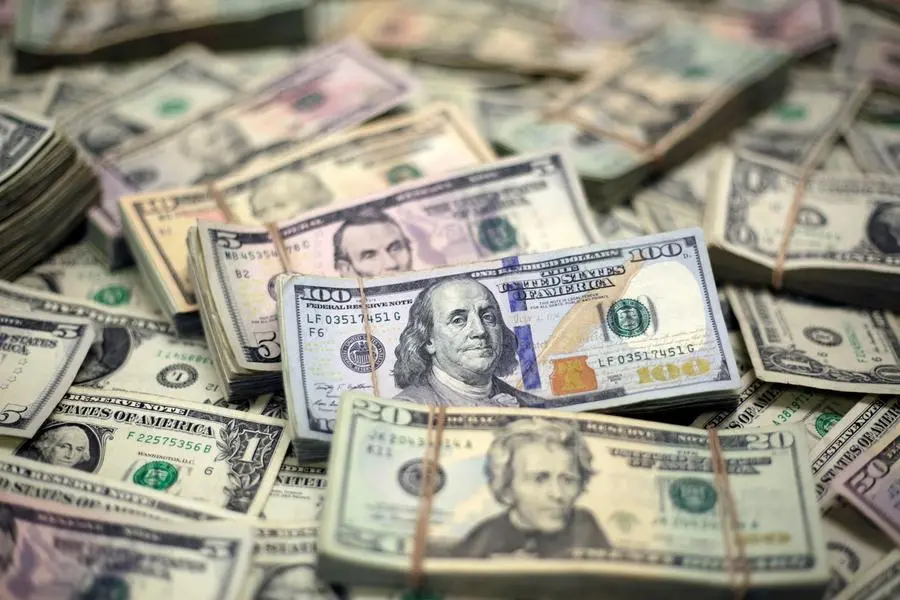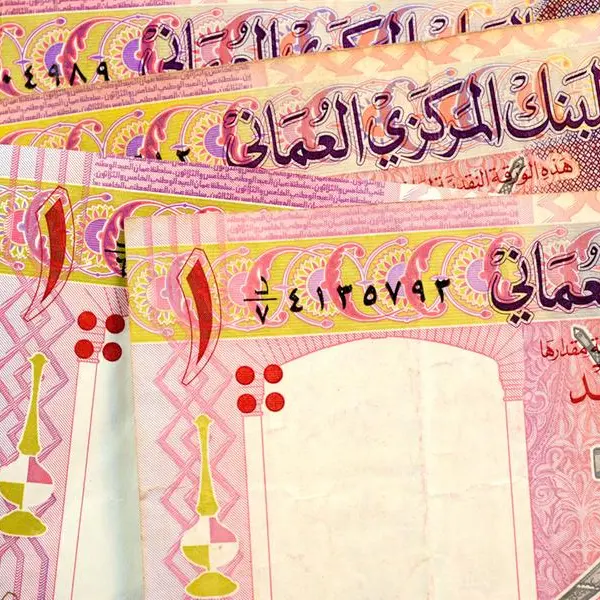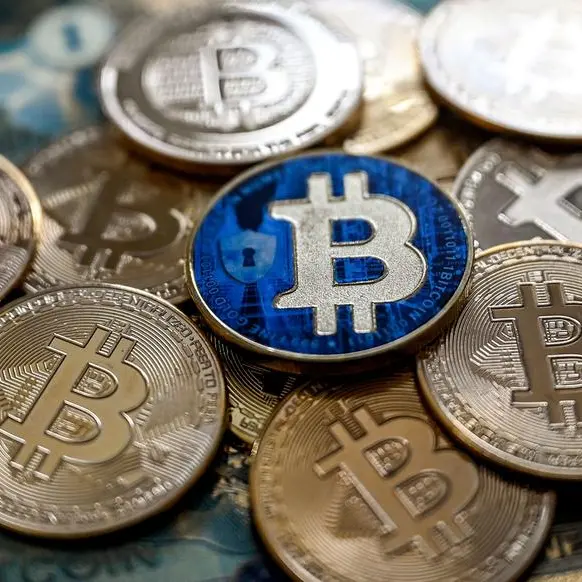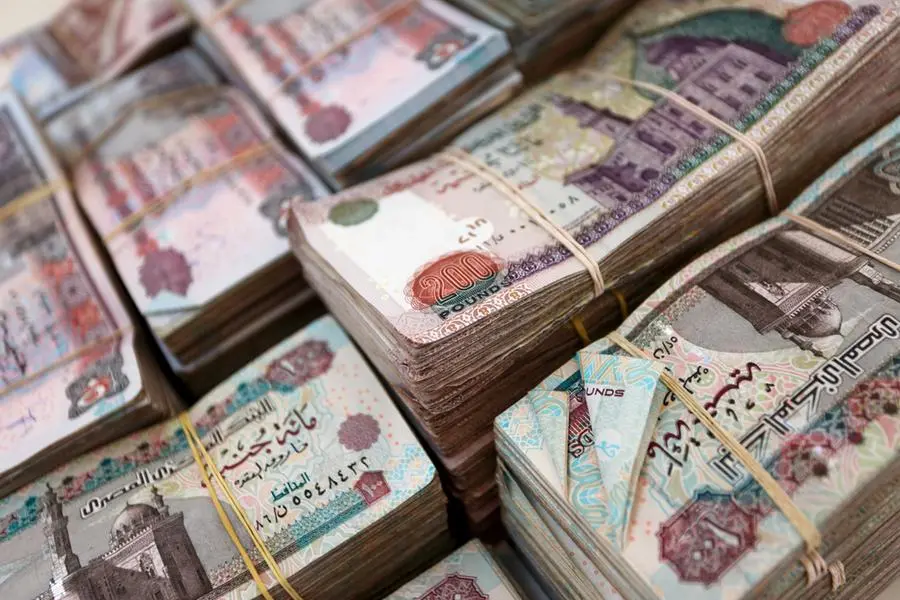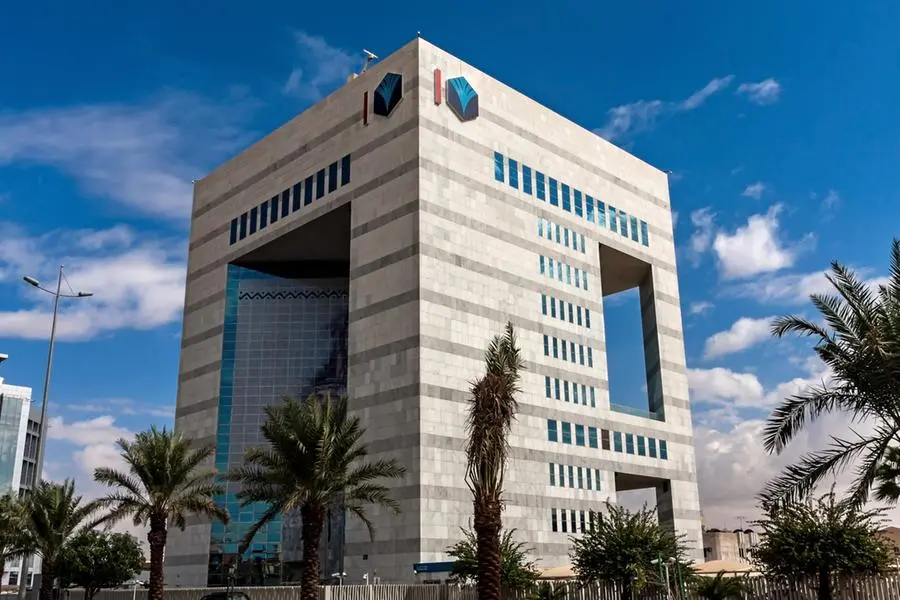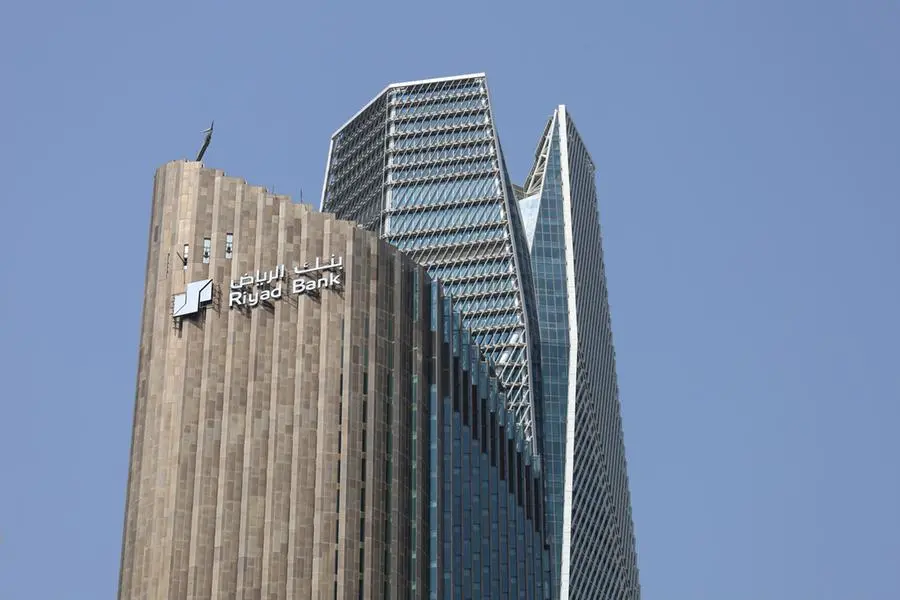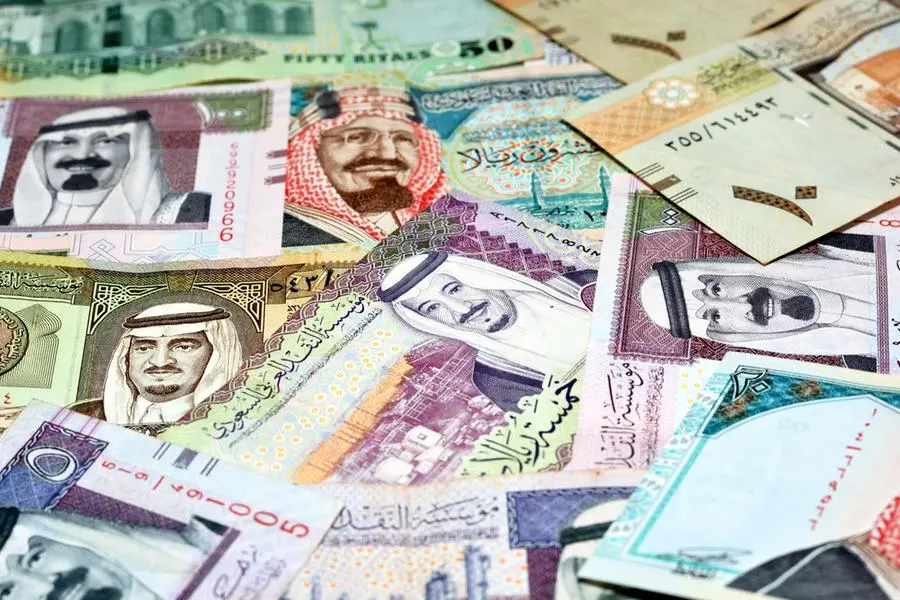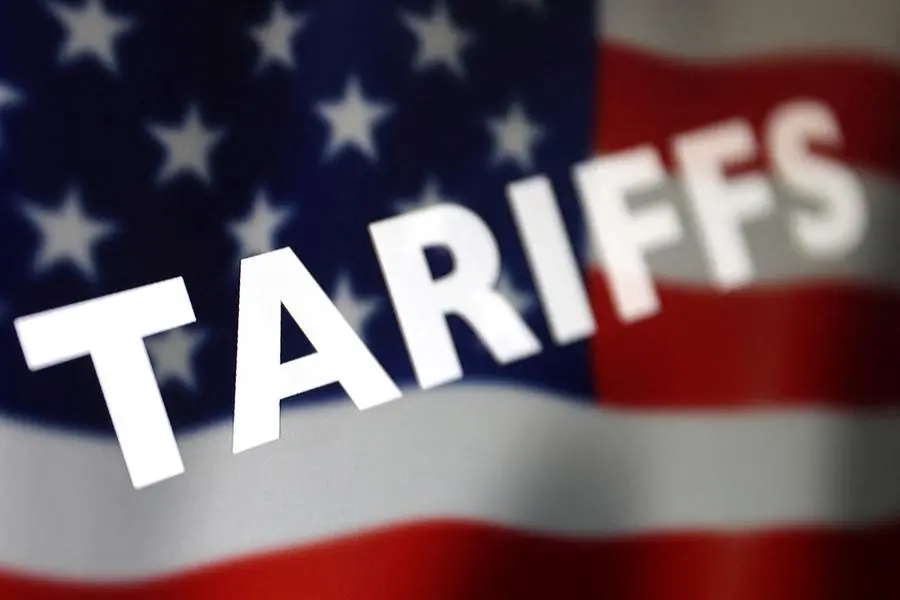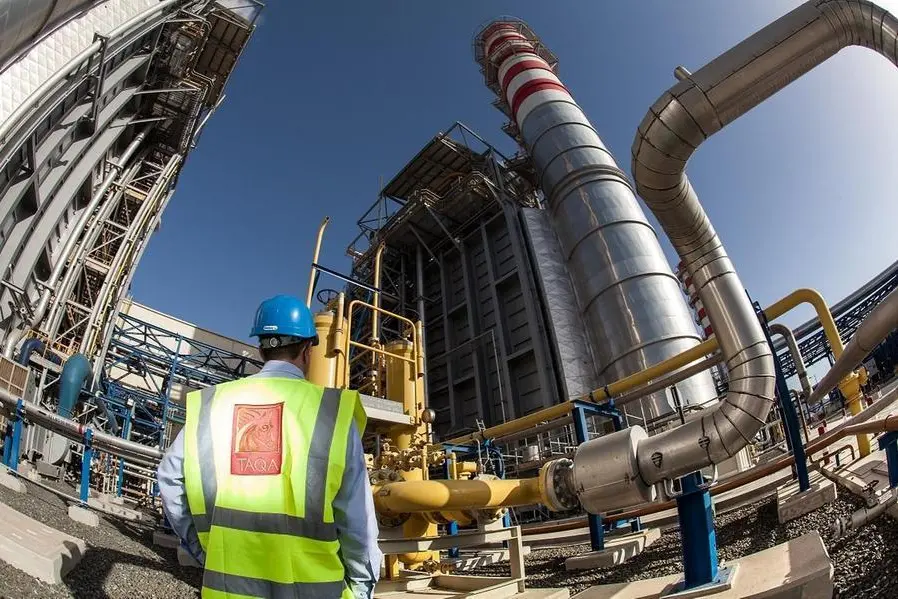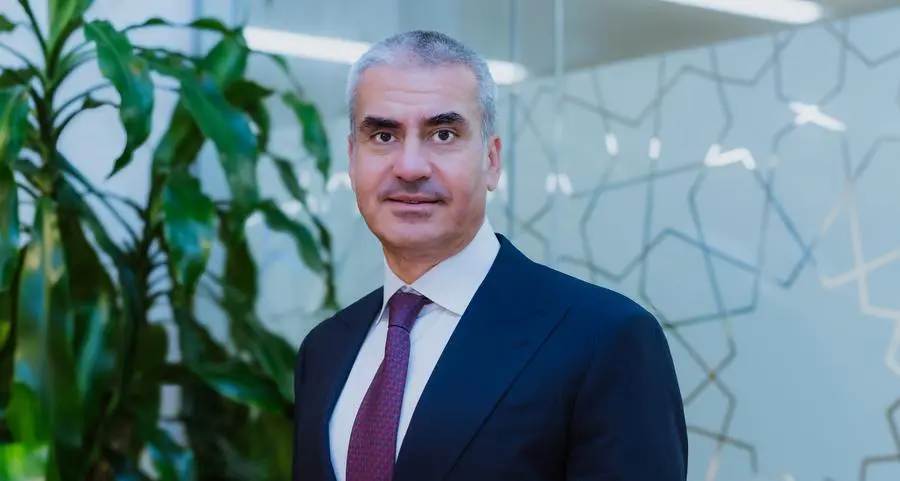PHOTO
FILE PHOTO: U.S. Dollar banknotes are seen in this photo illustration taken February 12, 2018. REUTERS/Jose Luis Gonzalez/Illustration/File Photo
The dollar rallied on Thursday after falling the previous day as central banks continued to roil currency markets, while sterling fell to a four-week low after the Bank of England (BoE) cut interest rates from a 16-year high.
The dollar index, which tracks the currency against six others, was up 0.35% at 104.40. It fell 0.4% on Wednesday after the Federal Reserve held rates steady but opened the door to reducing borrowing costs in September.
Chris Turner, head of global markets at ING, said geopolitical tensions and a slowing global economy were likely supporting the dollar, a traditional "safe haven" for investors at moments of stress, even with the Fed heading for rate cuts.
"The geopolitical and the macro environment elsewhere in the world isn't actually great," he said. "Obviously we've still got some real tensions in the Middle East, and the manufacturing sector is seemingly in recession across large parts of Europe and in Asia."
Hamas leader Ismail Haniyeh was assassinated in Tehran on Wednesday, an attack that drew threats of revenge against Israel and fuelled fears of a wider Middle East war.
The pound fell to $1.2752 after the BoE cut rates, its lowest since early July. It was last down 0.51% at $1.279, slightly above where it stood before the decision, ahead of which markets saw a roughly 60% chance of a cut.
BoE Governor Andrew Bailey - who led the 5-4 decision to lower rates by a quarter-point to 5% - said the BoE's Monetary Policy Committee would move cautiously going forward.
"If you look at the headlines that Bailey produced: caution on cutting too quickly or by too much, it implies to me that they're looking at a sort of a steady quarterly pace of reductions," said Colin Asher, economist at Mizuho.
"The start of lower interest rates is underway, but reasonably gradually."
Sterling has fallen from a one-year high above $1.30 in mid-July as investors' views on BoE rate cuts have shifted.
The euro touched a three-week low of $1.0777 and was last down 0.36%.
BOJ BUCKS EASING TREND
Japan's yen slipped, with the dollar up 0.4% at 150.525 yen.
The yen jumped around 1.8% the previous day after the BOJ raised rates for a second time this year. It rallied 7.3% in July, its strongest monthly performance since November 2022, after starting the month rooted near 38-year lows.
Intervention by Japanese authorities to boost the currency kicked off the move higher, combining with a narrowing of the U.S.-Japan interest rate gap to trigger an unwind of profitable carry trades, in which traders borrow the yen at low rates to invest in dollar-priced assets for higher returns.
Fed Chair Jerome Powell on Wednesday stressed that the central bank was also focused on keeping the labour market healthy, adding new emphasis to Friday's U.S. jobs report for July.
It is expected to show that employers added 175,000 jobs during the month, a step down from 206,000 in June. Data on weekly jobless claims is due later on Thursday.
Traders are now anticipating 72 bps of easing this year . The Fed meeting "has bolstered market expectations that bigger rate cuts remain likely, and will be heavily influenced by how the economy progresses from here", said Charu Chanana, head of currency strategy at Saxo.
(Reporting by Harry Robertson in London, Sruthi Shankar in Bengaluru and Ankur Banerjee in Singapore; Editing by Giles Elgood, Kirsten Donovan)
